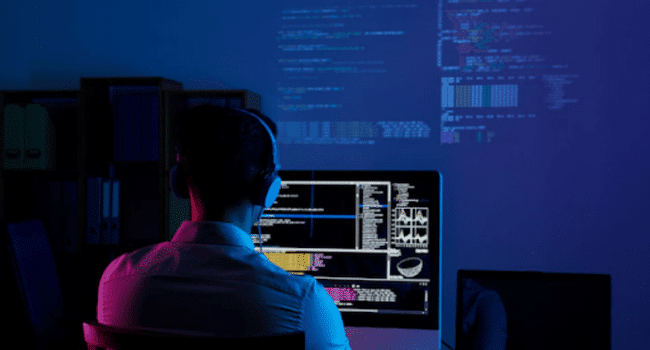Table of Contents
For astronomers, using software has become an essential part of their work. From complex simulations to simple data analysis, the software has revolutionized astronomy research. As an astronomer, you can avail multiple benefits from using astronomy software.
For example, it is easier to collect, analyze, and share data using astronomy software. So, whether you’re a professional astronomer or a beginner in the field, you’ll find that software can make your work much easier. Below in this blog post, we’ll take a closer look at the four benefits of using software for astronomers.
1. It Allows for Greater Precision
The use of software in the field of astronomy has been a blessing in terms of precision. Thanks to sophisticated software programs, they are able to make calculations with far greater accuracy and speed.
In terms of calculating orbital velocities, gravitational forces, and doing other astronomical calculations, astronomy software has helped them a lot. With the help of this software, astronomers can now detect faint objects that would have gone unnoticed by traditional observational methods.
By using automated analysis tools, astronomers can observe more than one object at a time without missing any interesting phenomenon. This allows them to gain new insights into the universe that would otherwise be impossible to uncover.
2. It Streamlines the Research Process
Software is making the research process much easier for astronomers. By automating many of the tedious tasks associated with astronomical research, astronomers are able to focus on important aspects like interpreting data and formulating hypotheses.
Software programs can handle time-consuming activities such as collecting data, analyzing data, plotting graphs, and creating charts. These tasks can be done much faster with software than by hand, which frees up valuable time that can be used in other research areas.
This is revolutionizing the way we study the universe and paving the way for new discoveries and a greater understanding of our universe. This means that instead of having to analyze each set of data separately manually, astronomers can now easily compare them in one place.
3. It Enables New Discoveries
The software has revolutionized the way astronomers study the universe. Thanks to advancements in software, astronomers can now analyze astronomical phenomena with much greater speed and accuracy. This has enabled them to make a number of remarkable discoveries that would have been impossible in the past.
From uncovering new planets and other astronomical objects to allowing astronomers to automate their research for new discoveries, the software has enabled them to explore the universe like never before. The software can also be used to identify patterns and behaviors of celestial bodies.
By streamlining and improving the research process, these data visualization tools enable astronomers to make incredible new discoveries about our universe. Thanks to the power of software, astronomers are gaining a much better understanding of our place in the universe and uncovering unhidden secrets.
3. It Furthers Their Understanding of the Universe
The software has opened up an entirely new dimension of understanding in astronomy. By automating many of the tedious tasks associated with the field, astronomers are now able to focus on actual research and data analysis instead of struggling to keep track of details.
For example, the software helps scientists identify patterns in data that can help explain phenomena like black holes and dark matter. It can also help astronomers more accurately model the formation and behavior of galaxies and other celestial bodies, furthering their understanding of how the universe works.
Overall, the software has revolutionized the way astronomers study the universe. By automating many of the tedious tasks associated with astronomy, they are helping us uncover new insights into our universe and better understand its complexity.
Read more on KulFiy
How Does An Ecommerce Accounting Software Help Ecommerce Businesses
